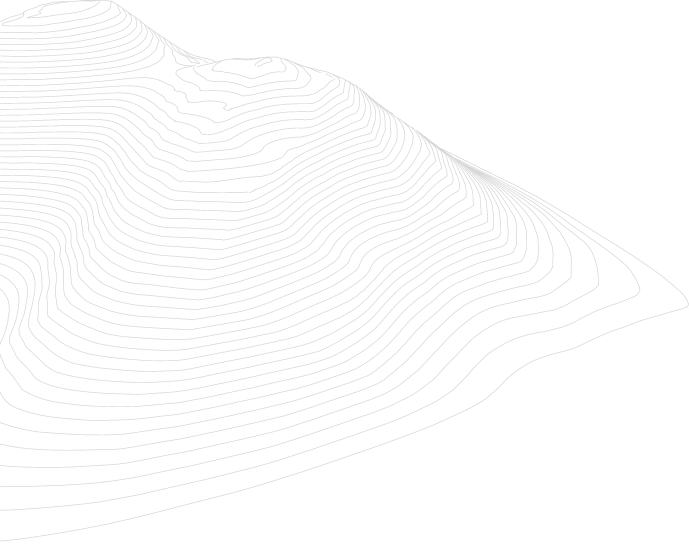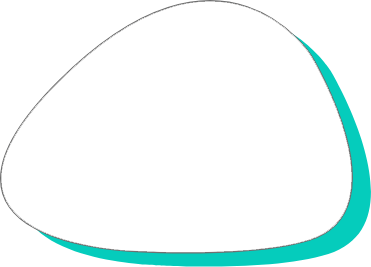Pinpointing and removing unexploded ordnance (UXOs) with Germany’s Eggers Kampfmittelbergung
Some 70-plus years after the end of the Second World War, hundreds of thousands of unexploded bombs and other ordnance remain scattered across European land, as well as on the bottoms of continent’s seas, rivers and waterways.
Embedded within the Eggers Gruppe – a successful north German company specializing in civil engineering and environmental technology – Eggers Kampfmittelbergung conducts extensive research and recovery of these unexploded bombs (UXOs), ammunition and other war relics.
Founded in 2006, Eggers Kampfmittelbergung has completed over 500 successful projects. Yet its ordnance recovery work has become some of its most critical. Determining the exact location of possible war legacy is a major and necessary challenge. Historically, Eggers specialized in land-based activities and the company initiated underwater projects several years ago. Today, Eggers works with state-of-the-art technologies to ensure a safe environment for construction work and navigation.
Improved precision for accurate location
Eggers Kampfmittelbergung began underwater UXO survey work using a sidescan and single-beam echosounder. Yet the company’s experts became interested in using an multibeam echosounder after visiting Oceanology International in 2018. “With side scan sonar, the divers sometimes found that the weapons were several meters off from where the side scan sonar had reported,” explains Matthias Gruen, geophysicist at Eggers. Eggers invested in a Sonic 2024 to improve survey teams’ ability to accurately locate the position of UXOs.
Greater resolution for more precise pre-dive analysis
Improving the resolution of underwater scans was another crucial goal for Eggers. The company was particularly interested in R2Sonic multibeam sonars over other competitive solutions because of the UHR (Ultra High Resolution) technical mode.
This enables surveys at 700kHz, providing the smallest beamwidth available in the market: 0.3⁰x0.6⁰.
The multibeam echosounder resolution was put to the challenge on a recent survey trip to the Baltic Sea. Eggers survey teams faced a considerable challenge: poor weather, rolling of the survey vessel and a shallow survey environment of 12m. Despite the challenges, the data returned was crisp and high quality. When experts from German Navy aboard the survey vessel were shown the data,
“They were very impressed,” emphasizes Gruen of the R2Sonic’s capabilities.
Determining mobility rate over time
TruePix® has also been instrumental in allowing Eggers’ surveyors to monitor ordnance drift over time. Since the mobility rate of objects is related to seabed sediment, classification from backscatter data allows determining areas where object migration is likely to occur. With pinpoint accuracy, surveyors can observe the effects of tides and currents on the motion of objects resting in different media, when areas are re-surveyed at intervals.

Working towards unique ability to predict material type
Eggers uses magnetic and electromagnetic systems to assist with the detection of metal objects. However, these systems don’t provide information about the shape. Furthermore, in areas with accumulation of metallic objects (dumping sites, scrapping) these systems cannot differentiate single objects anymore. With the high resolution of a multibeam sonar, it is still possible to get a clear picture, which helps to interpret the magnetic signatures.
A very promising field for Eggers is R2Sonics capability for collecting multispectral backscatter. Using different acoustic responses at different frequencies can help discriminate the type of material of identified targets, which would increase the safety of divers, save time and reduce cost. In collaboration with R2Sonic, Eggers expects great insights in this research field that can advance the complete underwater UXO detection.
Gruen explains: “With enhanced resolution, divers could anticipate the type of material they are going to encounter underwater ahead of time – metal indicating a possible explosive. On the other hand, if a survey shows that an object is made out of wood or rock, there is no need to send divers down, saving time and money.”
Unlocking new business opportunities
Although Eggers’ primary business has been land-based work, acquiring the R2Sonic MBES has opened up numerous new possibilities.
“Having access to a multibeam opened up new opportunities for Eggers Kampfmittelbergung,” Gruen concludes. With the company’s surveyors constantly exploring new ways to use their MBES, and investigating new technical modes, “We are learning by doing.”
Today, Eggers is expanding its client list, adding a growing number of ports and harbors to its tally of successful project sites.
A Survey Company’s Growth built on R2Sonic Innovation
Bremen Ports
- 1
- 2




R2Sonic Multibeam Echosounders

